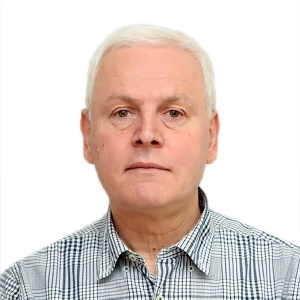Title : Erythrocytes and distribution of the information in the human body
Abstract:
At the beginning of blood flow, red blood cells (RBCs) align in the central plane of the vessels. In capillaries, RBCs change from a biconcave disk to a parachute shape and as blood moves from the arterial to the venous end, hemoglobin in erythrocytes alters magnetic susceptibility. In about 0.6-0.8 seconds, oxygen displaces from RBCs by diffusion. This study explores these processes' fundamentals and interconnections. The blood of 35 different healthy individuals was carried out. The research examined magnetic field induction in ferromagnetic toroids formed by AC with a square wave signal in the primary coil and induction of the AC in the secondary coil - a tube filled with blood. Discusses the impact of RBC geometry, and hemoglobin allosteric transitions on electric signal generation for the body cell metabolic activity. The findings indicate that the AC field, originating from the heart's rotational dipole, can generate a magnetic field in RBCs facilitating the allosteric transformations of hemoglobin. Hemoglobin's thermoelastic expansion and magnetostriction cause biconcave membrane oscillations at ultrasound frequencies. The forming electroacoustic wave rotates the charges at the cell z-potential area, aids RBC migration into the flow plane, and boosts substances' trans capillary diffusion. Between the oscillating RBCs, an electroacoustic standing wave arises, which coincides with the wavenumber of the infrared light, penetrating externally. By the synergic influence on the hemoglobin, in capillaries the RBC membrane creates a temporally frequency-modulated wave, carrying resonance molecular frequencies, regulating biochemical processes in and outside the body cells.



